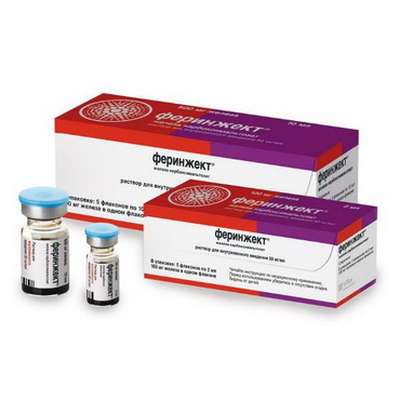Obestatin
18 Dec 2016
Obestatin (from English obesity - obesity) is the peptide hormone synthesized by cells of a stomach and small intestine at some mammals and the person, found in 2005 during the research Stanford University School of Medicine. Originally obestatin carried to hormones having effect however its influence on food behavior remains disputable.
Only one preliminary research showed what obestatin possesses a capability to suppress appetite and to lose weight in case of chronic introduction. Other authors managed to reproduce these results only partially. Along with it, several independent researches completely confuted efficiency of obestatin in various experimental conditions. You can also like Honluten.
Structure
The structure of hormone was established by means of nuclear magnetic resonance spectroscopy. Obestatin represents peptide which contains 24 amino acids, the secondary structure for 29% consists of spirals.
Synthesis in organism
Obestatin and grelin are coded by one gene. At first it is formed preprogrelin (consists of 117 amino acids), which is split to progrelin. Then progrelin is split to actually grelin and S-grelina. The last is in turn split to obestatin.
Receptor
Originally was considered that a receptor of obestatin is GPR39 (grelin-albuminous receptor 39). However the last researches call this opinion into question and consider improbable
Function
Obestatin has opposite effect of grelin which promotes secretion of hormone of body height and emergence of appetite. Tselosoobraznost of secretion of two hormones with opposite effect is still obscure as in experiments with the termination of secretion of hormone of grelin at mice, the alimentary behavior significantly doesn't change.
Clinical value
Researchers showed that the ratio of grelin and obestatin in digestive tract and plasma are bound to some diseases, such as, a syndrome of the angry intestine, an obesity, Pradera-Willie syndrome, a diabetes mellitus 2 types.

 Cart
Cart





